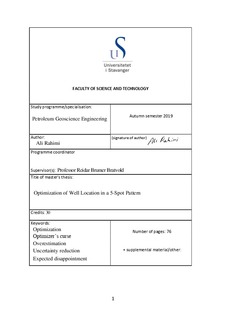| dc.description.abstract | Deciding to choose the best alternative from a set of courses of action is a repeatable activity in most organizations (Ahti Salo et al., 2011). Companies, for example, commence some research and development projects for future investment in a business that can generate potential profit like late-stage development investments in a pharmaceutical company or taking a decision about constructing different facilities for educational services. Although these issues look different, the decision-maker should choose the portfolio of actions base on some limitations such as the feasibility of the subject, availability of resources, etc. And choose the alternatives which can contribute more to the outcome and maximize value creation. In all of them, the decision-maker should select, arrange, and allocate resources. in other words, managing the portfolio (Summers, 2019).
Usually, the normal rule for a decision-maker in a decision situation for choosing between different alternatives and maximize the value is to select the one with the maximum estimated value. These estimates are coupled with uncertainty (prediction errors). Having errors in value estimates and selecting the highest estimated value among them, induces a systematic bias that guarantees, over repeated decisions, less than the estimated expected value will be realized (Begg and Bratvold, 2008). And the value estimate for the recommended action to be biased high. This biased is called “optimizer’s curse”.
In the optimization of the well location to maximize value creation, as measured by NPV, injection and production wells must be in the optimal locations. The process of optimizing well locations include a range of uncertain factors and requires a robust (stochastic) optimization approach. With these uncertain factors, NPV values are subjected to error. By coupling such estimated measures of values with the optimization-based selection process the alternatives that values which have been overestimated most, are more likely to be selected. It is not because of any bias in the estimates themselves, but the optimization process, which simply ranks the value estimates and selects the highest estimated value among them.
In this work, we will study the optimizer’s curse in the context of optimizing a 5-spot pattern and indicate how the process of optimization leads to select the alternative with overestimated value. Further on we will develop a Bayesian model to correct these value estimates. | nb_NO |
